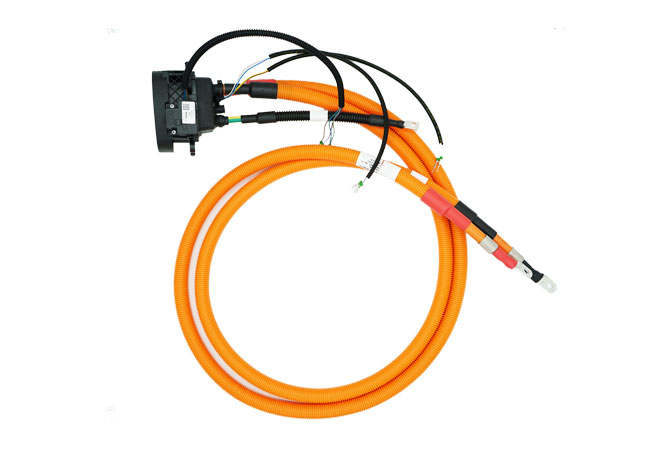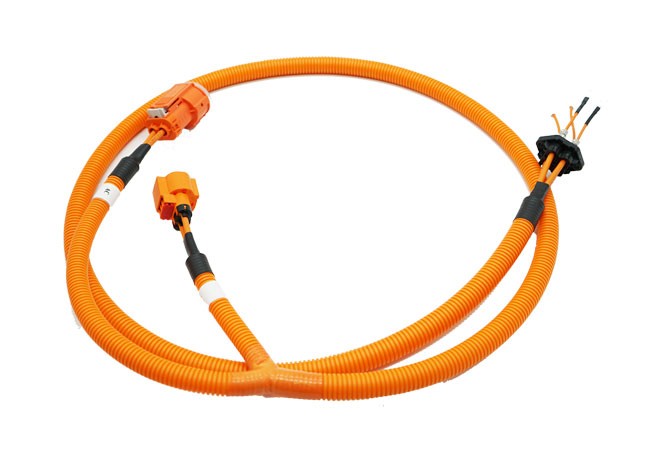Why is the design of high-voltage wiring harnesses for new energy vehicles so critical?
The main application of new energy high-voltage wiring harnesses in new energy vehicles is reflected in the power battery, drive motor, on-board charger, DC/DC converter, high-voltage distribution box, electric compressor, PTC and other systems of new energy vehicles. These systems are also not available in traditional fuel vehicles. Therefore, every time a new energy vehicle is manufactured, there will be a demand for high-voltage wiring harnesses.

As the main carrier of power transmission in electric vehicles, the high-voltage wiring harness of automobiles is one of the key components for vehicle performance and safety. The high-voltage wiring harness in the car mainly provides high-voltage and strong electrical effects for new energy vehicles, with characteristics such as high current, high voltage, and a large number of large-diameter wires.
The high-voltage wiring harness of new energy vehicles can be configured to connect the internal and external wiring harnesses of electric vehicles according to different voltage levels. It is mainly used for signal distribution in the internal wiring harness of distribution boxes, thereby efficiently and effectively transmitting electrical energy, and playing a role in shielding external signal interference.
The high-voltage wiring harness of new energy vehicles is used to connect high-voltage battery packs with electric air conditioners, motor controllers, and other equipment, meeting the current requirements of different loads under different working conditions.
Automotive wiring harnesses are distributed throughout new energy vehicles and are the main connection and transmission system for vehicle signal transmission, power supply, and functional implementation. Its electrical components are physically connected through wiring harnesses, responsible for the transmission of control signals and electrical energy in the vehicle, as well as the power supply of various electrical equipment.
The high-voltage wiring harness of new energy vehicles is mainly used for signal and current transmission, and is mainly laid out between the controller and the motor.

The quality and reliability of automotive wiring harnesses directly affect the performance and safety of vehicles, and the design process faces testing in terms of design schemes, layout directions, EMC protection, and other design aspects.
New energy vehicle wiring harnesses face electromagnetic compatibility (EMC) protection design testing during the design process, which can also prevent electromagnetic interference from affecting the vehicle's electronic systems.
Ultrasonic welding has high strength and fast speed, especially suitable for welding between dissimilar materials with different properties. Compared with traditional welding, ultrasonic welding can achieve lower resistance and higher bonding force, effectively improving the overall performance and reliability of high-voltage wire harnesses.
If you have specific requirements or other questions about new energy vehicles, Sailtran Group provides professional answers for you.
